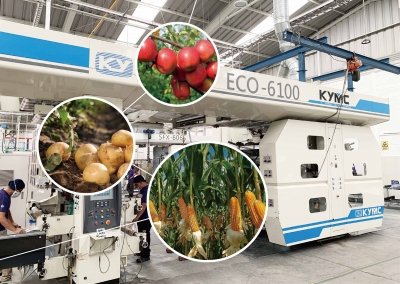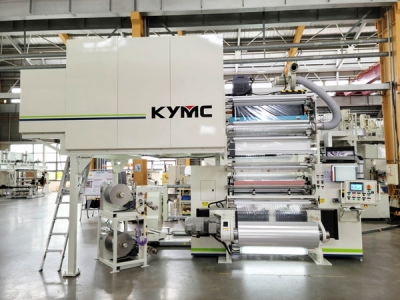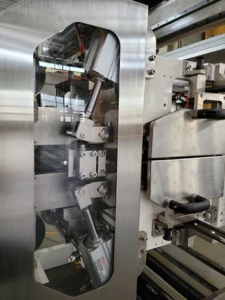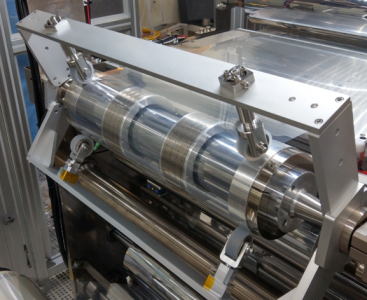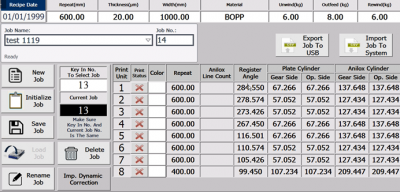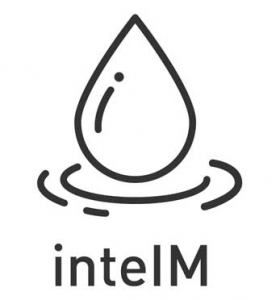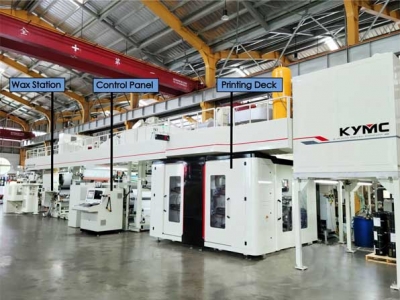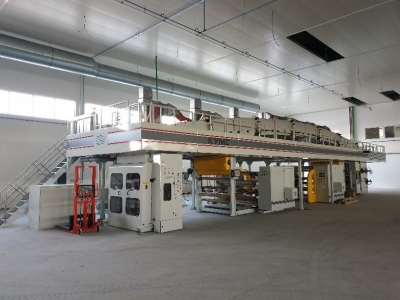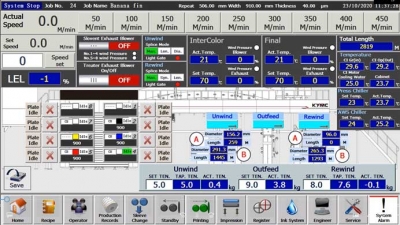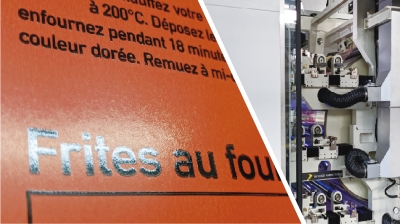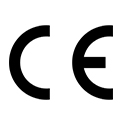Case Studies
| Subject | Images |
|---|---|
RFID tags play an important role when it comes to tracking and obtaining information about a product. That’s why global brands like UNIQLO, Decathlon, and Zara have fully adopted the RFID tag into the price tag system for their products. As ESG factors become increasingly important for companies in the marketplace, companies are looking for greener ways to produce RFID tags. The need for green tags is on the rise. There are mainly two places in the RFID production process that we can alter to make it greener. One area is to alter the selection of substrate that the aluminum antenna sits on, and the other area is to alter the way how the antenna (RFID dry inlay) is manufactured.
As brands try their best effort to catch the attention of consumers, different packaging designs are created to achieve this goal. In turn, it is the printers’ and converters’ (coating and lamination) challenge to turn these different designs into down-to-earth packaging products. Surface-reverse printing is one of the ways to catch the consumer's eye. In the following article, we will discuss the two typical industrial processes related to surface-reverse printing/coating.
For those that are not familiar with the nonstop web splicing. In general, there are two types of nonstop web splicing, which are lap splicing and butt splicing. Lap splicing is about joining two web rolls together. To join an end of a web roll and a beginning of a web roll together by laying one roll over the other with a tape. In this case, an overlapping region will be created to join the two rolls. On the other hand, butt splicing joins the two web rolls together without an overlapping region, which makes it much harder to perform. Butt splicing is used in applications where the thickness generated by the overlapping region during web joining is not acceptable.
To print on a 50 μm ultra-thin flexible glass material using Flexographic printing. To achieve a two-layer printing: a conductive grid layer and an insulation layer. The insulation layer will be printed over the conductive grid layer through tight registration.
You never know what is going to happen. Tomorrow can be good or bad. But when things turn in the opposite direction, you can count on KYMC to be there for you. Amid the COVID-19 crisis, travel restrictions were enacted. As result, all of our customers were affected. In this article, we would like to draw out one of the many examples of how KYMC worked with our customers to strive through this chaotic period as a team. A Portuguese customer trusted KYMC by ordering 5 KYMC machines to set up its new production line. This includes...

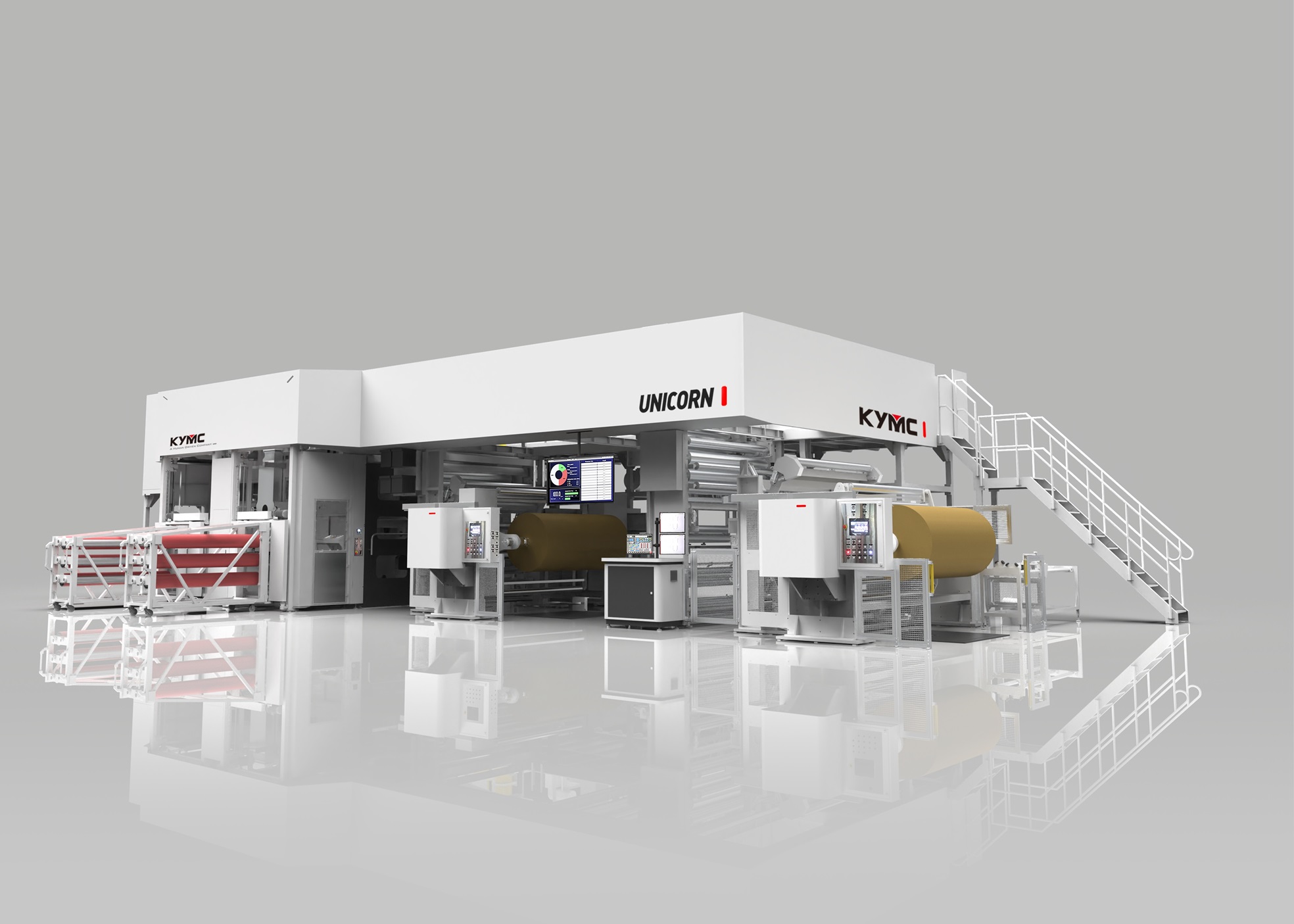
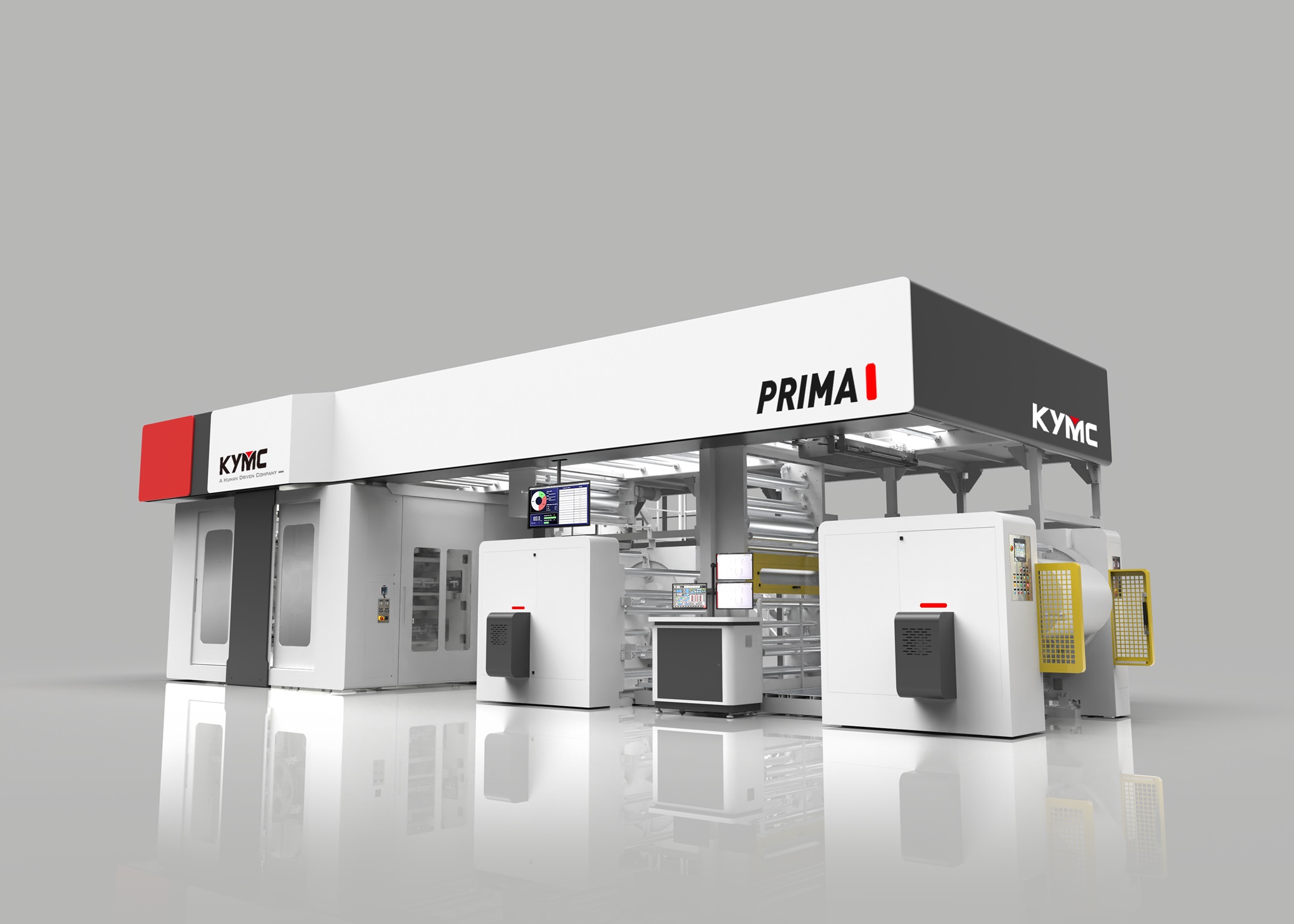
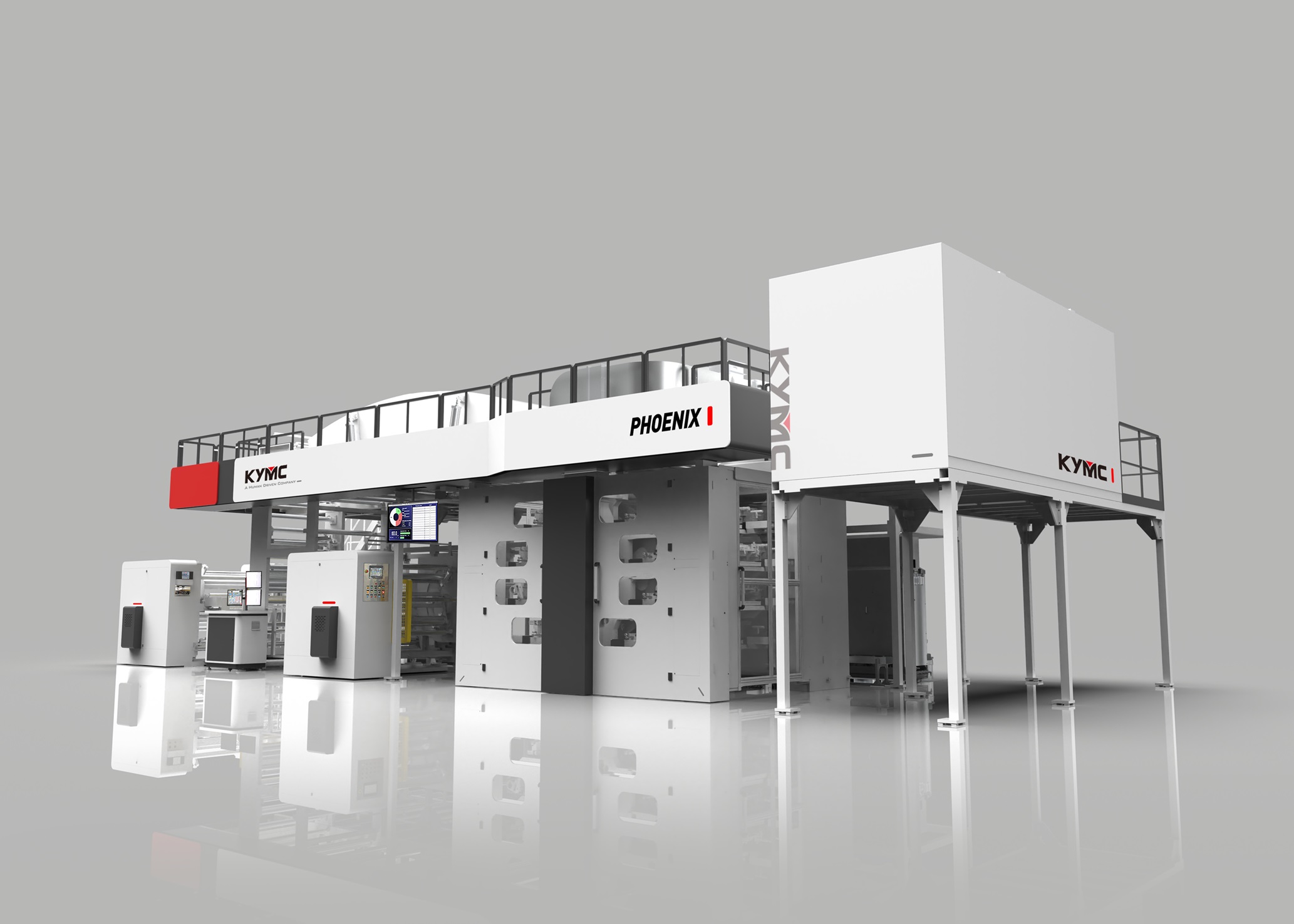
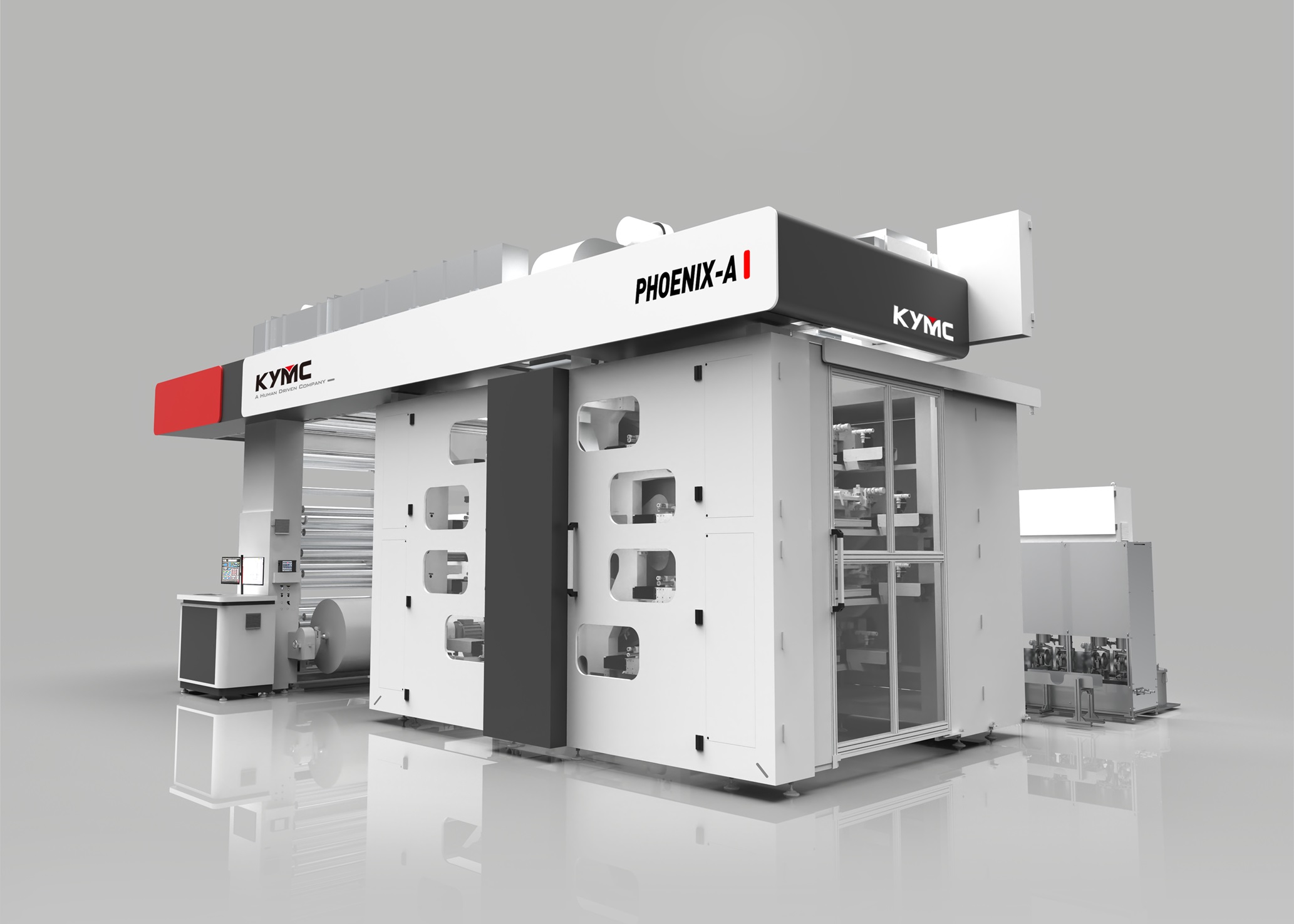
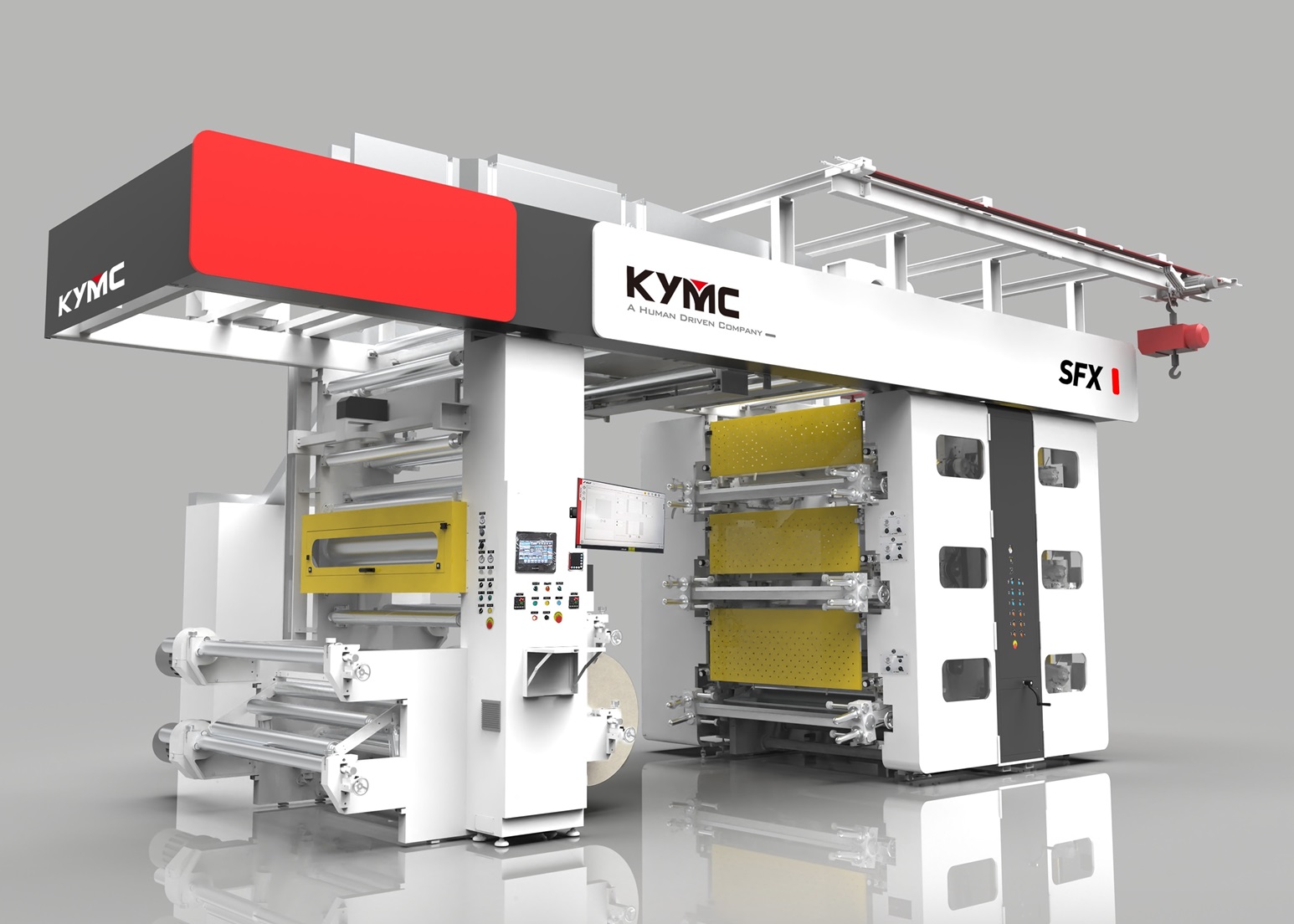
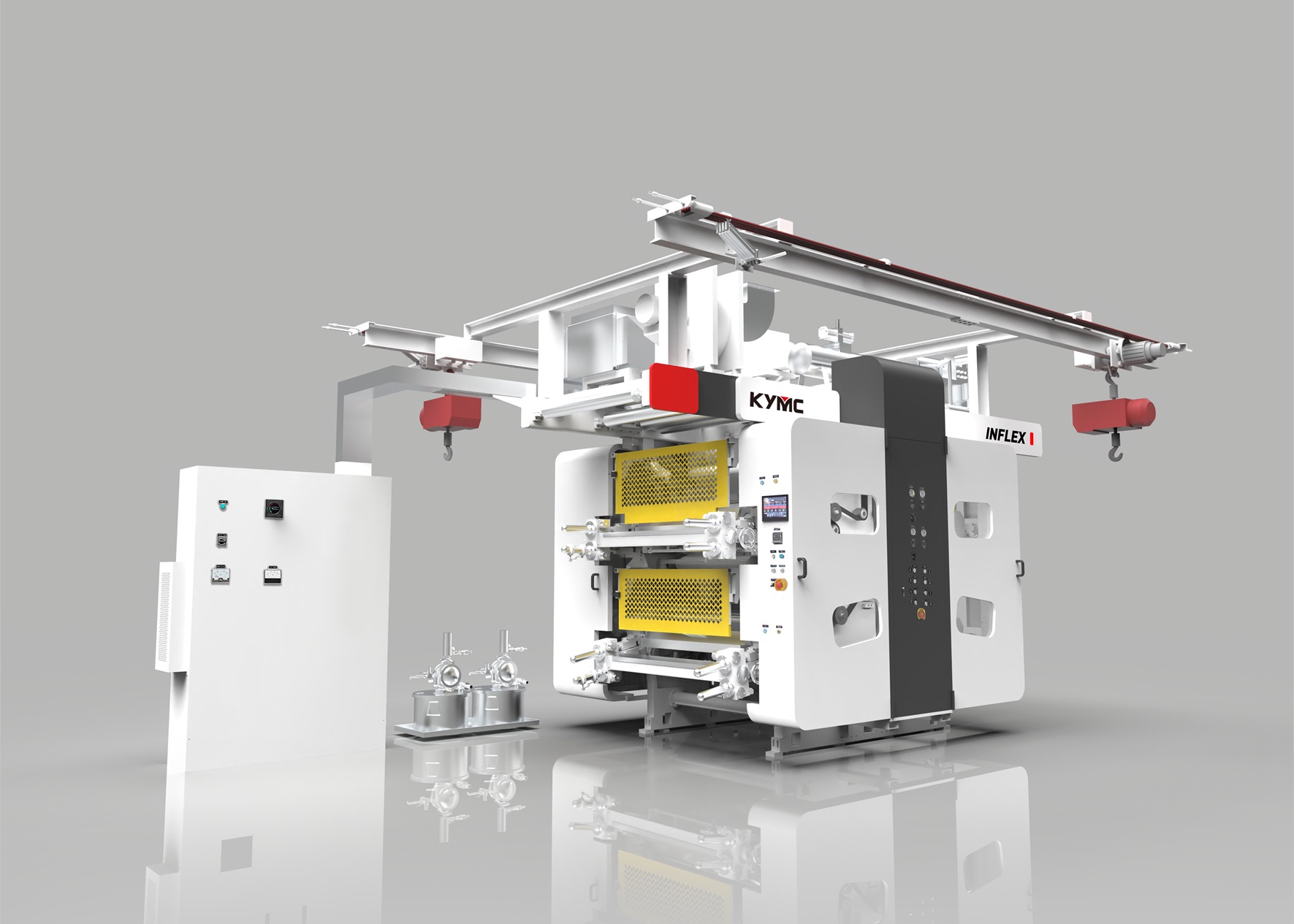
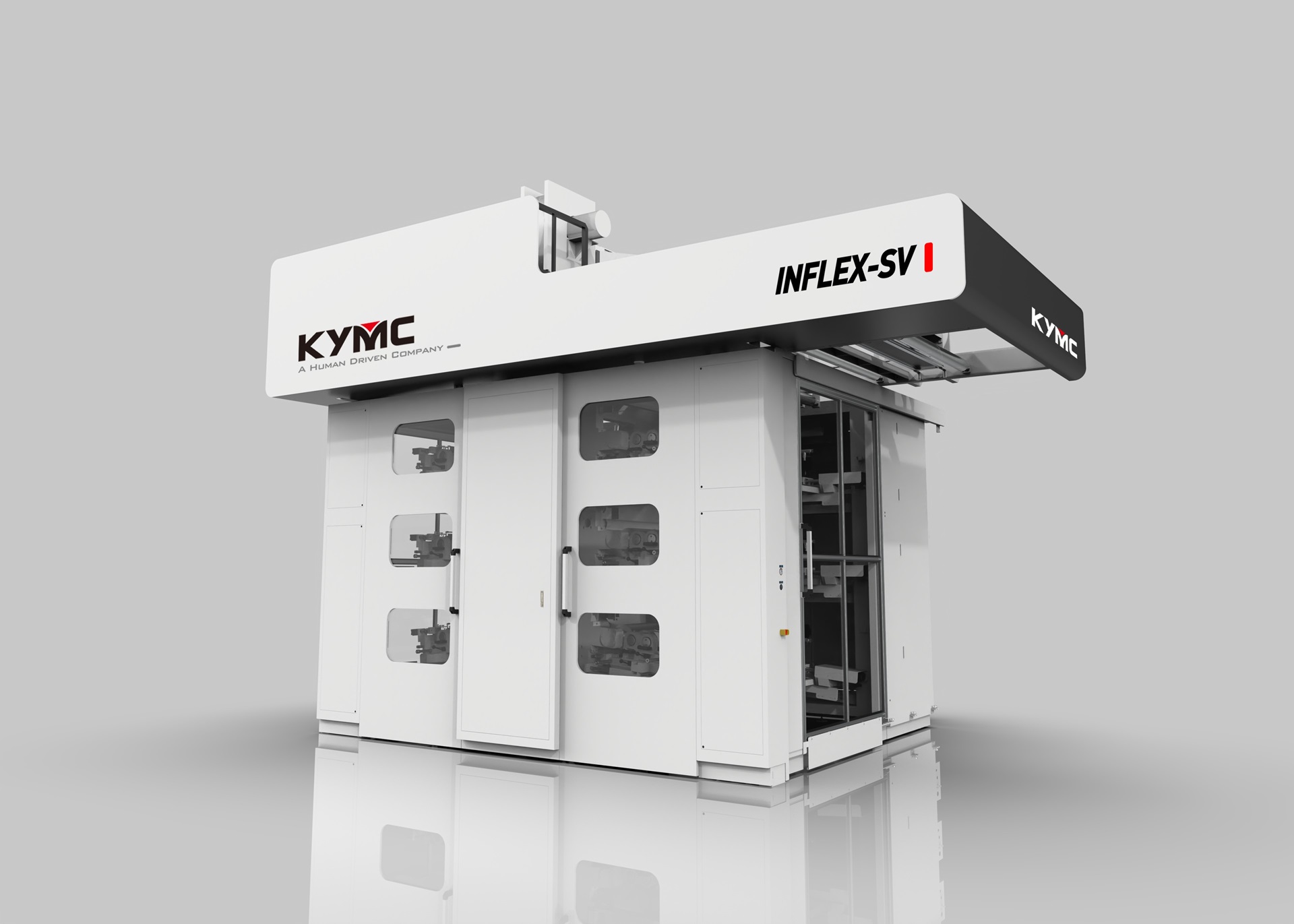
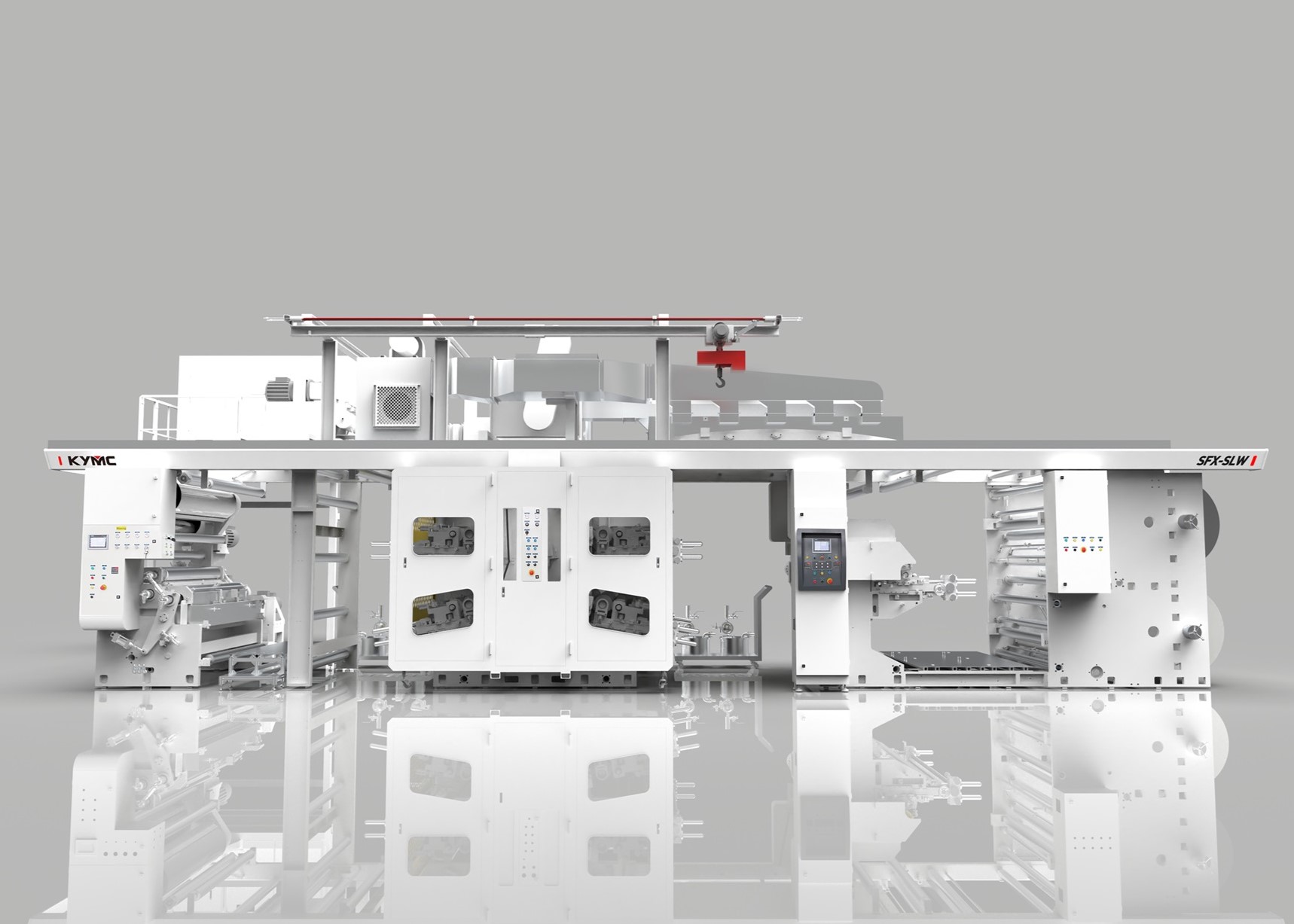
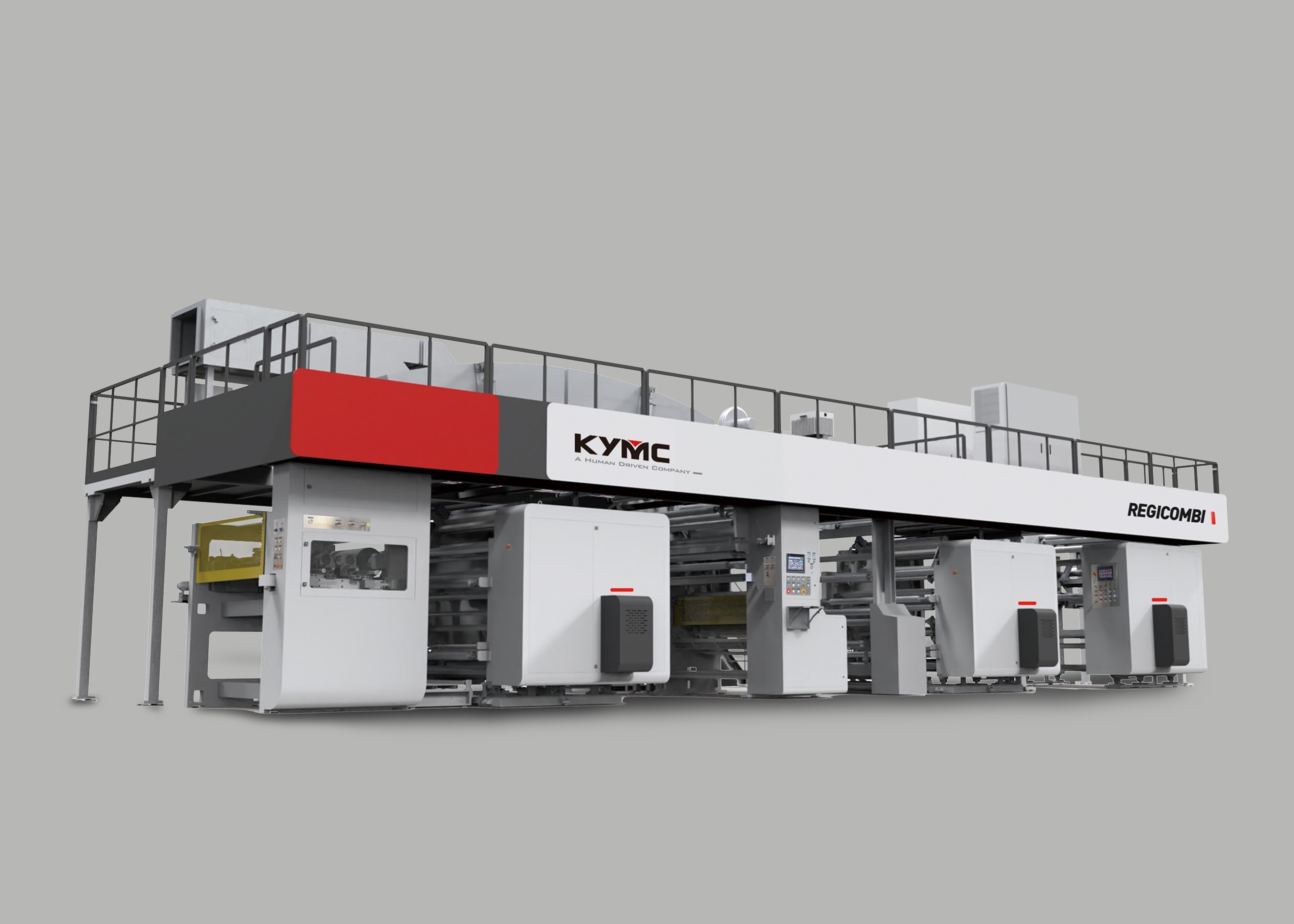
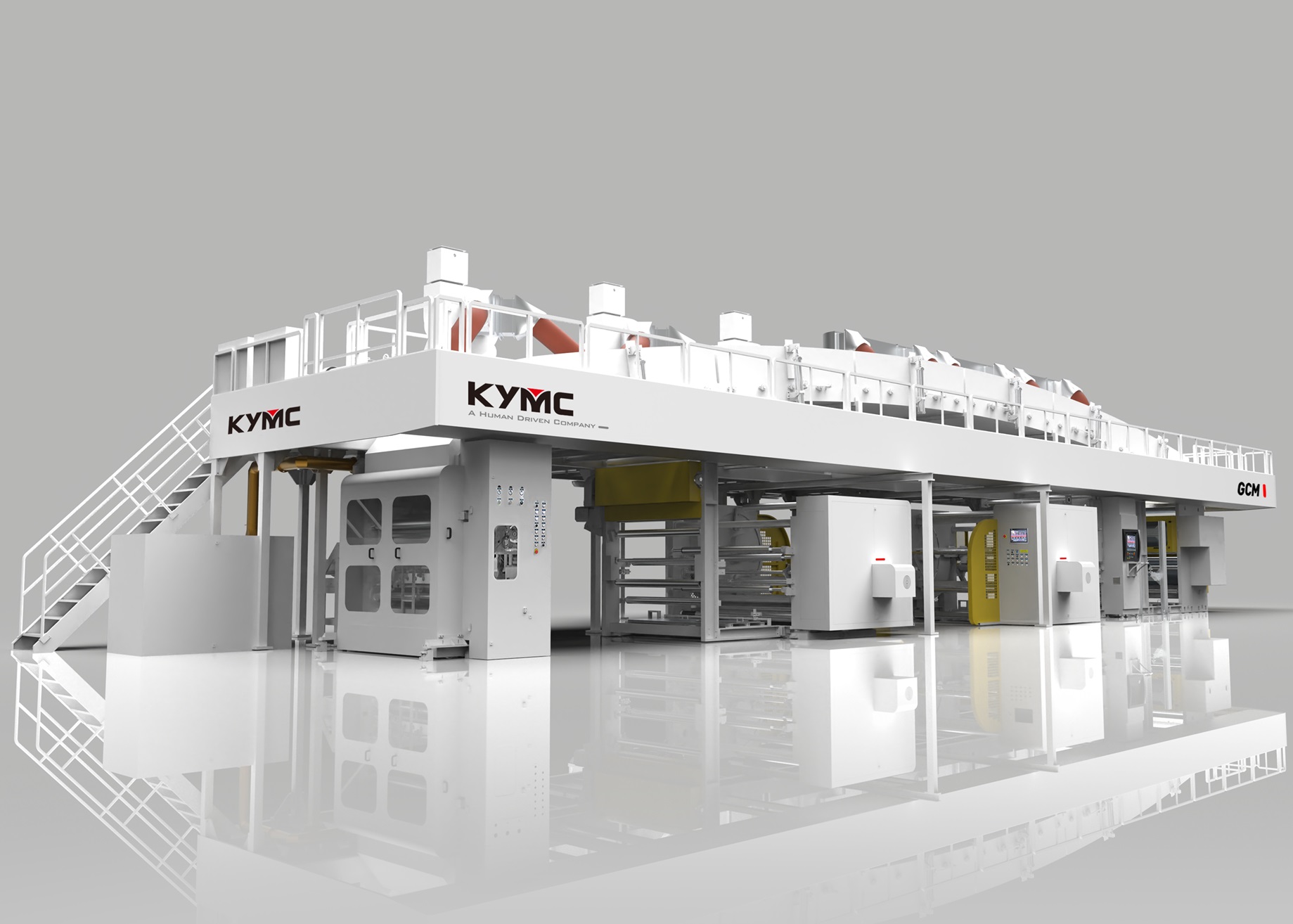
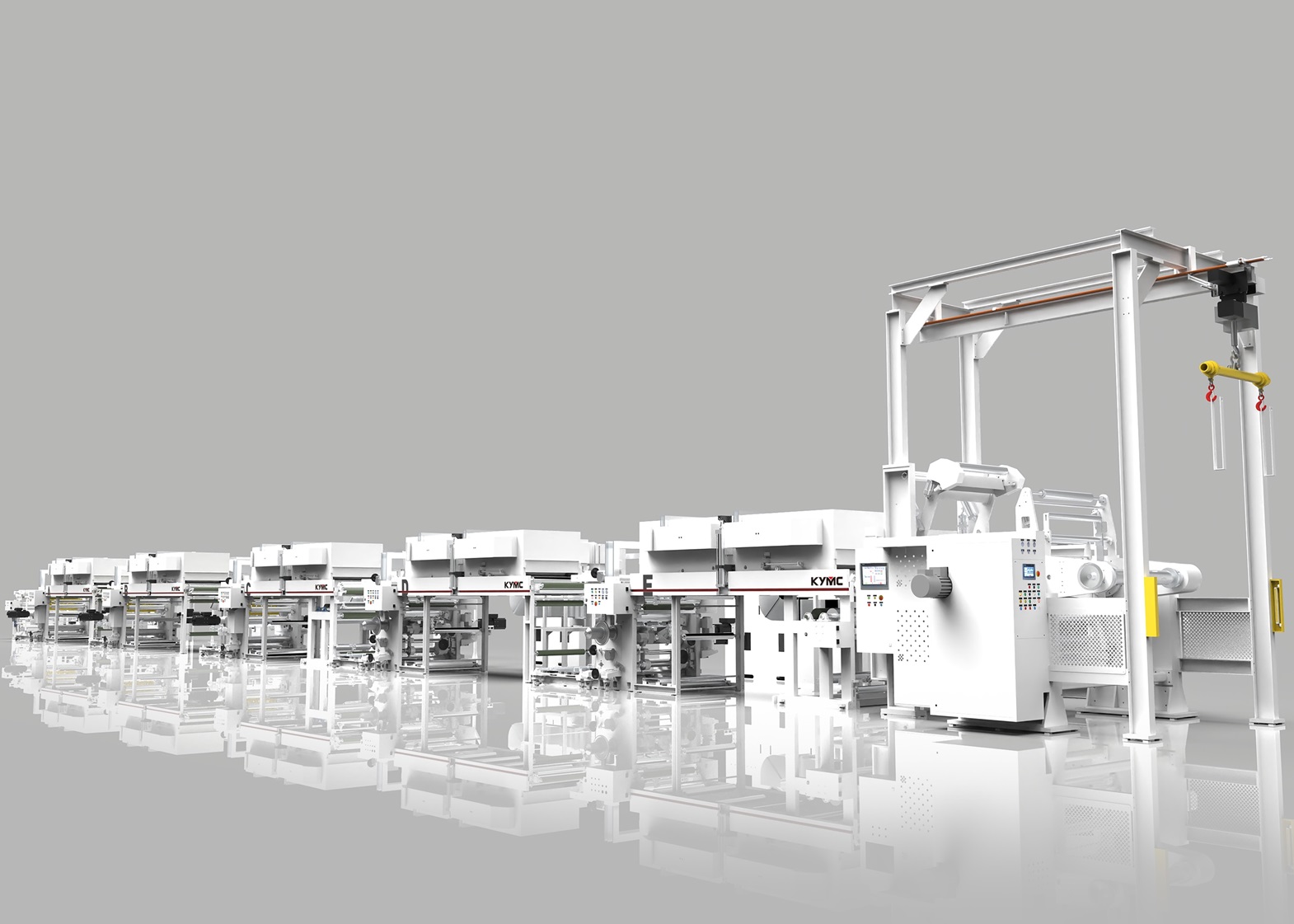
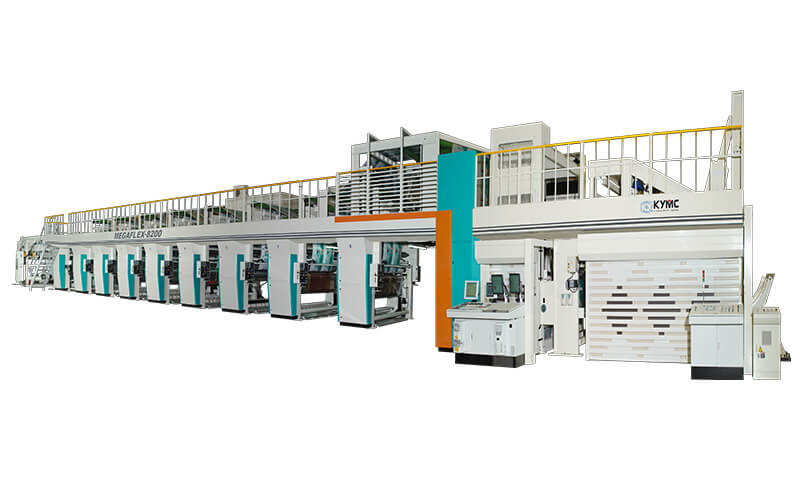
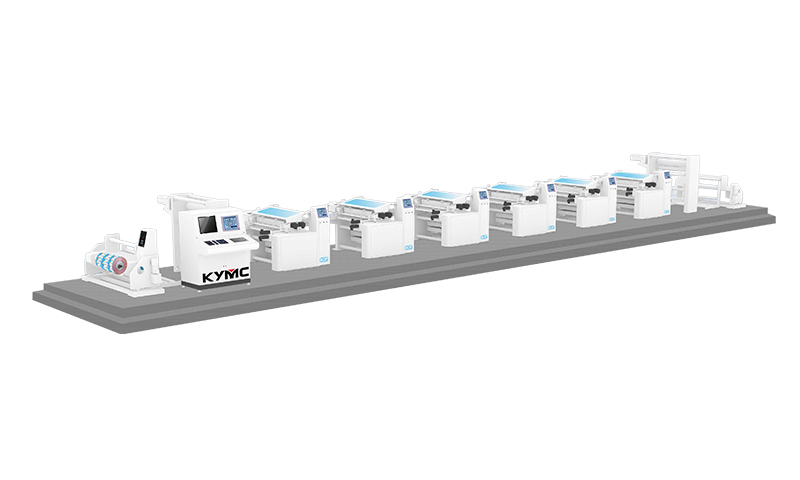
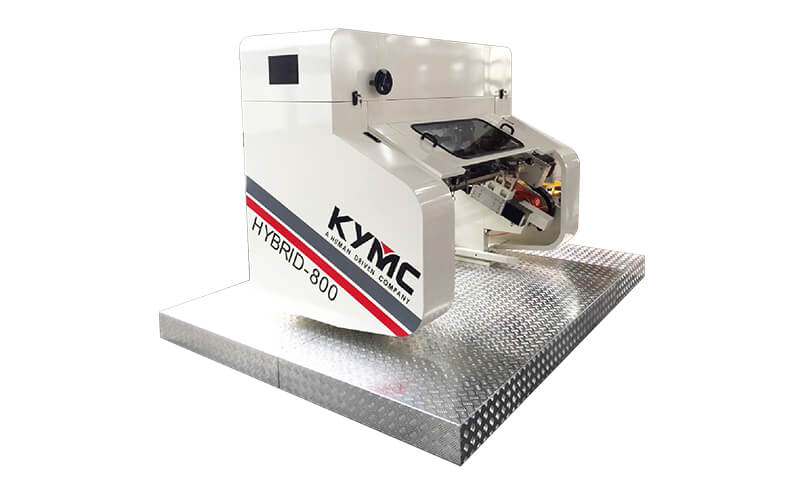
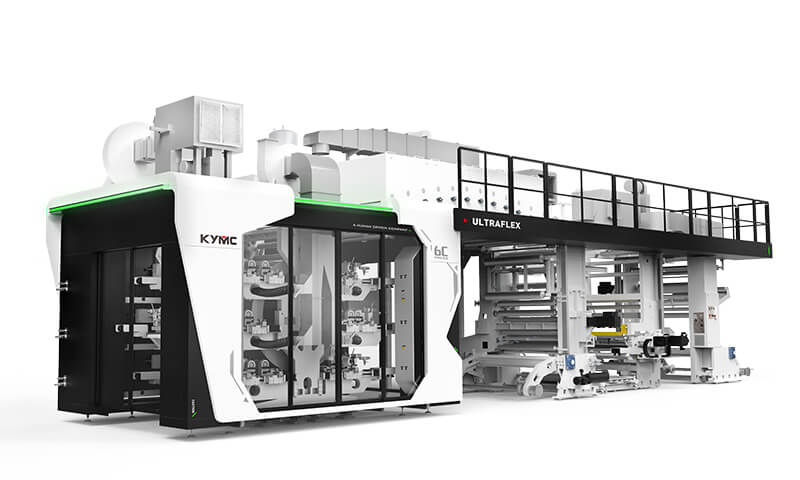
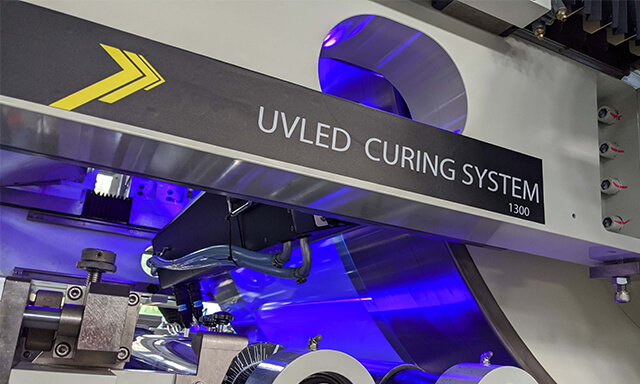
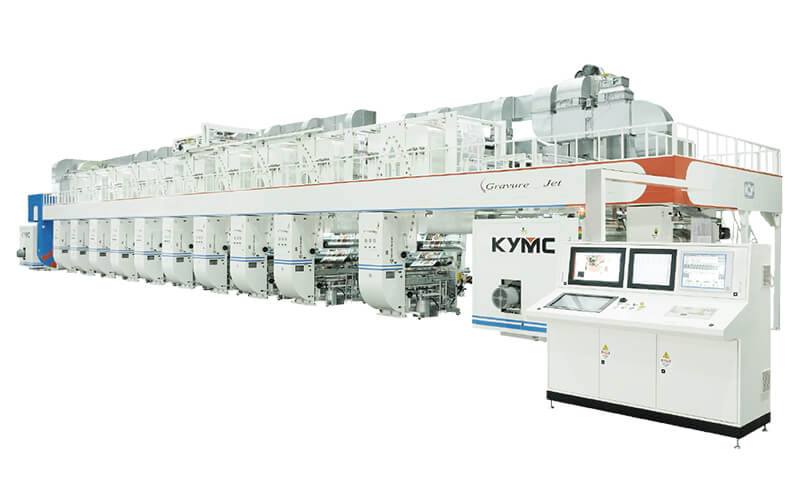
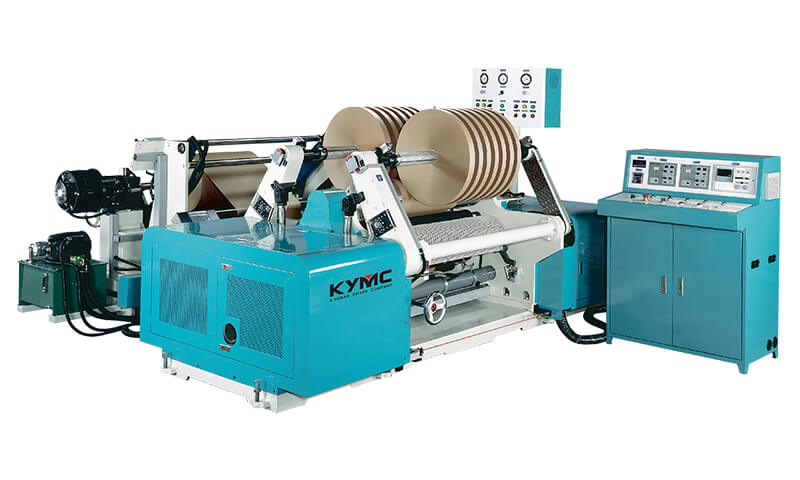
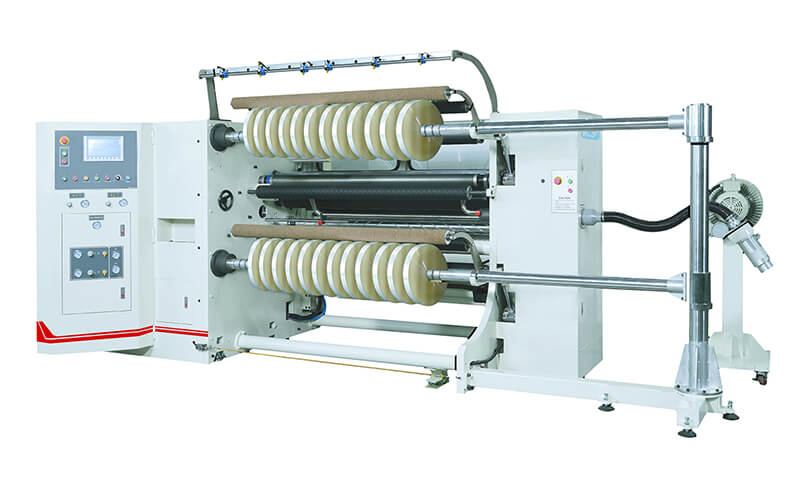
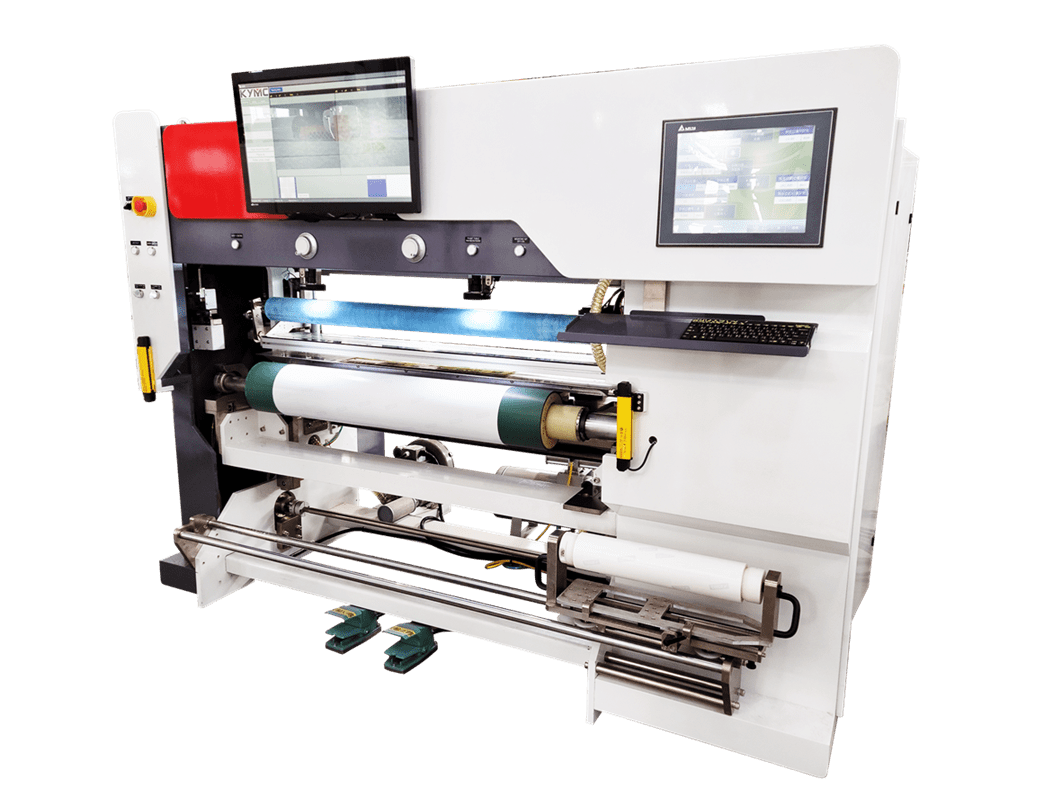
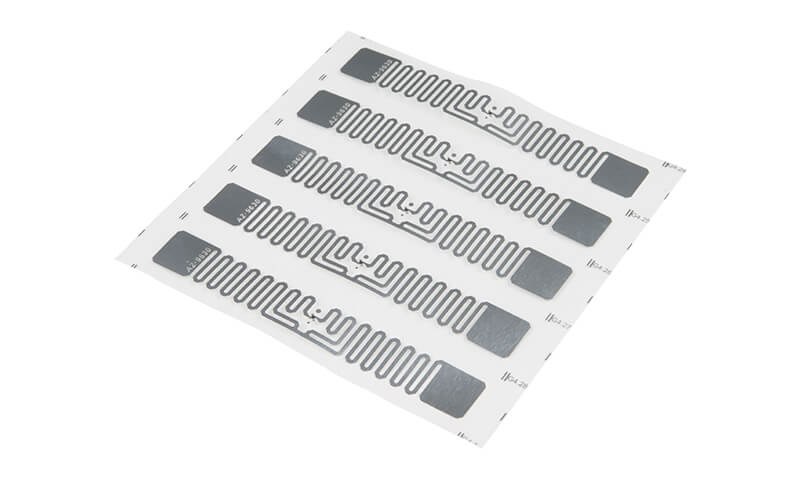


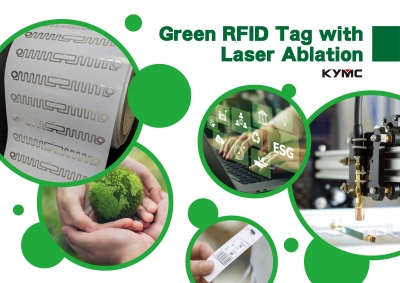
.jpg)
